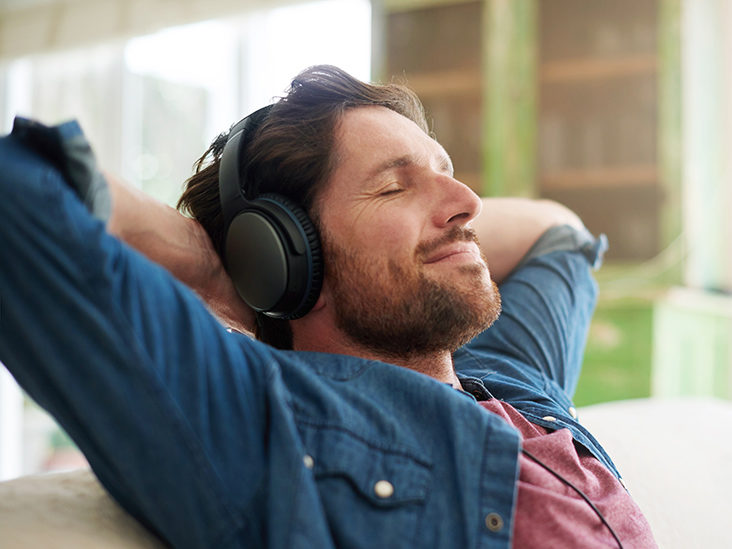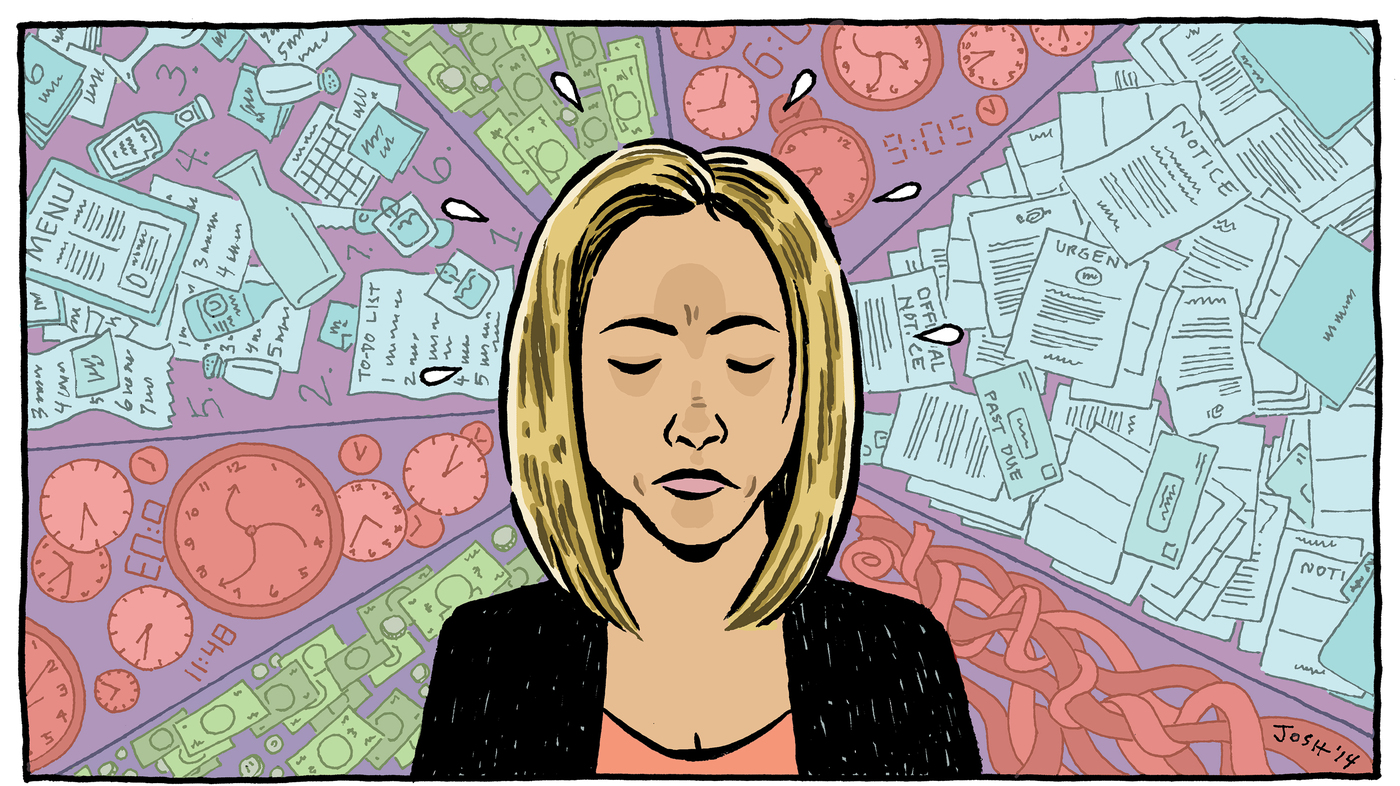

The Most Powerful Tips to Reduce Stress Quickly
From life's little frustrations to the heavy burdens of major upheavals, stress is something that shows up in everyone's life. You might not have control over every situation that throws you off balance, but you can decide how to react. That part is in your hands.
Whether it's an unexpected deadline, a traffic jam, or a more serious life event, stress has a way of creeping into your mind and body.When it lingers or becomes overwhelming, it begins to wear you down emotionally, physically, and mentally. That’s exactly why building a toolkit of dependable stress-relief strategies is essential—not just for survival, but for well-being.
There’s no universal answer for how to unwind and reset. What soothes your nerves in the quiet of your living room might be downright impractical in a bustling grocery store. That goofy dance move that melts your anxiety at home? Probably not the best idea while waiting in line at the post office.
And that’s why it’s wise to keep multiple techniques up your sleeve. With a collection of options at your disposal, you’ll always have something that fits the setting and the mood.

Stress Relief Techniques You Can Use Anytime, Anywhere
There are moments when tension creeps in unexpectedly—before an important meeting, during a chaotic commute, or in the middle of managing your child’s public tantrum. In such instances, you need quick-fix techniques that can dial down your stress level on the spot.
These kinds of solutions are especially valuable because they don’t require much preparation, space, or time.
Some of the best on-the-go stress-relief strategies share a few things in common:
-
They’re easy to learn and don’t require intense training
-
They’re cost-free
-
They offer immediate calm
-
And most importantly, they’re flexible enough to do almost anywhere
Let’s explore a few.
Explore the Power of Guided Imagery
Guided imagery is like a mental teleportation device—you close your eyes, and suddenly, you're somewhere else entirely. Picture yourself lounging beneath swaying palm trees, listening to waves roll in, the salt-laced breeze brushing your face, and soft, warm sand curling between your toes.
You can use a recording where someone gently leads you through this imagined environment. Over time, with practice, you’ll be able to do it solo. Just take a moment, shut your eyes, breathe deeply, and vividly walk through your chosen peaceful landscape. The more detailed your visualization, the more powerful the relaxation.
Even just a couple of minutes spent imagining your safe, happy place can leave you feeling grounded and reset.
Meditate to Reset Your Mind
Meditation isn’t just a spiritual practice—it’s one of the most scientifically backed tools for both immediate and long-term stress reduction. What’s beautiful about meditation is its variety. From breathing exercises and visualization to mantra-based focus or simple mindfulness, there’s a style for everyone.
You might choose to repeat a calming phrase as you breathe slowly. Or you could try mindfulness—where you hone in on the present moment without judgment. Focus on what you hear, feel, smell, and taste. Anchor yourself to the now.
When you're rooted in the present, the stress of yesterday or the anxiety of tomorrow temporarily lose their grip. Of course, mastering meditation takes consistency, but even short sessions can make a noticeable impact.
Use Muscle Relaxation to Release Physical Tension
Progressive muscle relaxation is like giving your body permission to let go, one area at a time. Start by taking a few deep breaths, then tighten and release specific muscle groups—from your forehead down to your toes.
This technique helps you identify where you’re holding tension. Over time, you’ll be able to catch it earlier and release it more easily. The result? A deep, sweeping calm that can loosen the tightest knots of physical stress.
Calm Your Nerves with Intentional Breathing
One of the simplest tools at your disposal is your own breath. But it’s not just breathing—it’s how you breathe that changes everything.
Intentional breathing can send calming signals to your brain and body in under a minute. And the best part? It’s totally discreet. Whether you’re in a packed elevator or facing a tough conversation, you can use breathing exercises without anyone noticing.
Try this:
-
Breathe in slowly through your nose for a count of three
-
Let your belly expand fully
-
Hold that breath for just a second
-
Then exhale gently through your nose for another count of three
You can also imagine inhaling peaceful, light-filled air, letting it spread through your body, and then exhaling all your stress and tension. Visualization paired with breath creates a surprisingly powerful duo.
Take a Walk to Clear Your Head
Sometimes the best solution is to move. Walking—even just a quick stroll—offers a change of scene, gets your blood flowing, and gives your mind a new perspective.
Whether you circle your office building, pace down a quiet street, or meander through a park, walking reconnects your body and mind in a way that helps you recalibrate.
Rapid Relaxation Methods to Use at Home
When you’re in your personal space—away from the noise and rush of the outside world—you can lean on different, more immersive strategies to decompress.
Whether you've just wrapped up a taxing workday or you're staring down a mountain of chores, these at-home approaches can provide near-instant calm.
Get a Hug From Someone You Love
Physical contact isn’t just comforting—it’s chemical. A warm hug can trigger the release of oxytocin, that feel-good hormone often called the “cuddle chemical.”
Oxytocin not only boosts happiness but also helps reduce cortisol (the stress hormone) and even lowers blood pressure. It’s one of the simplest, most natural forms of emotional relief.
So don’t hesitate to reach out. A heartfelt hug benefits both people involved—and it costs nothing but a little vulnerability.
Use Scents to Shift Your Mood
Aromatherapy can change the entire atmosphere of a room—and your mental state. Certain scents, like lavender or peppermint, can ease anxiety, lift your energy, or help you feel more grounded.
Emerging research shows that smell impacts brain wave activity and hormone levels. That means your favorite candle or essential oil diffuser isn’t just relaxing—it’s a neurological tool.
Whether you use incense, scented lotions, or simply breathe in the aroma of fresh herbs in your kitchen, scent has the power to transport you.
Create Something—Anything
Making art isn’t just for artists. Picking up a paintbrush, doodling in a notebook, or even coloring in a mandala can soothe frazzled nerves.
Creative expression helps your brain shift out of stress mode. Adult coloring books in particular have gained popularity for their calming, meditative qualities.
Studies show that coloring intricate patterns can lower anxiety and help people enter a state similar to meditation. So break out the markers—you might be surprised how fast your mind clears.
Sustainable Habits for Long-Term Stress Resilience
Short-term tactics are great for surviving the moment—but for deep, lasting change, you need habits that condition your body and mind to better handle stress in the long run. These lifestyle shifts are like internal armor—they don’t block challenges from coming, but they change the way you face them.
Fuel Your Body With a Balanced Diet
Food isn't just fuel—it’s chemistry. What you eat can dramatically impact how your body handles pressure. Poor nutrition increases your vulnerability to emotional highs and lows, while a clean, nutrient-rich diet can provide better regulation of your mood and energy.
Indulging in sugary or fatty comfort foods may feel good momentarily, but they often lead to blood sugar crashes, irritability, and more anxiety later on. Foods high in refined carbohydrates—think pastries, chips, and soft drinks—can create spikes and dips in energy that leave you more frazzled than before.
Instead, focus on whole foods like leafy greens, avocados, eggs, lean proteins, and omega-3-rich options like walnuts and salmon. These support brain function and emotional balance, equipping you to manage stress from the inside out.
Make Space for Leisure and Play
Life isn’t meant to be all deadlines and responsibilities. Giving yourself permission to engage in hobbies, fun, and rest isn’t just good for your soul—it’s good for your health.
Yet many people abandon leisure because it seems "unproductive." That mindset can backfire. Leisure activities reduce stress, boost creativity, and actually enhance productivity in the long term.
Whether it’s birdwatching, playing guitar, working on a puzzle, or tending a garden, find something you enjoy and protect that time like you would a meeting. Fun is not a luxury—it’s a necessity.
Train Your Inner Voice to Be Kinder
The way you talk to yourself during difficult times can either worsen your stress or help you rise above it. If your inner dialogue is filled with blame, shame, and self-judgment, it will wear you down over time.
Learning to use gentle, constructive self-talk can be a game-changer. Replace phrases like “I can’t do this” or “I’m such a mess” with “This is hard, but I can figure it out,” or “I’m doing the best I can.”
It’s not about lying to yourself—it’s about choosing language that encourages and empowers rather than punishes.
Build a Yoga Practice Into Your Life
Yoga is an ancient practice that still resonates for good reason. It offers a unique blend of physical movement, breathwork, and mindfulness that addresses stress from multiple angles.
You don’t have to be ultra-flexible or own a fancy mat. Start small—maybe with a YouTube video or a beginner class—and focus on consistency over perfection.
Over time, yoga helps release physical tension, improves mental clarity, and builds emotional resilience. It also fosters a deeper connection between your body and your breath—a link often frayed by modern life.
Make Gratitude a Daily Ritual
Gratitude isn’t just a buzzword—it’s one of the most researched and reliable tools for boosting mental health and reducing stress. When you regularly take stock of the good in your life—however small—you rewire your brain to focus on abundance rather than scarcity.
It could be as simple as appreciating your morning coffee, the sound of rain, or a kind word from a friend. Write these down, say them out loud, or reflect on them silently each day.
Gratitude reminds you of the strengths, resources, and joys you already possess—things that are easy to overlook when you’re drowning in worry.
Make Physical Activity a Priority
When it comes to managing stress, few things are as universally effective as movement. Exercise releases endorphins, improves mood, sharpens focus, and gives your body a physical outlet for nervous energy.
The good news? It doesn’t have to be intense. You don’t need to run marathons or lift heavy weights—though you certainly can if you enjoy that. Walking, stretching, dancing, biking, gardening—all of these count.
Find something that energizes you and make it a regular part of your week. It’s not about punishing your body—it’s about freeing it.
Stress Management by Tackling the Root Problem
While many stress relief methods focus on calming your response, sometimes the best solution is to go after the source. This is known as problem-focused coping—instead of just managing how you feel, you shift the situation itself.
Rethink Your To-Do List and Reclaim Your Time
If you’re constantly racing against the clock and never catching up, it’s time to reassess your workload. Look closely at your commitments. Are they all truly necessary? Could some be delegated, postponed, or dropped entirely?
Learning to say “no,” prioritizing effectively, and protecting your time from unnecessary drains are critical skills. When you manage your time better, your stress naturally shrinks.
Even simple adjustments—like blocking out focused work sessions or building breaks into your schedule—can make your daily routine more humane.
Strengthen Your Social Support Circle
Connection is a powerful stress buffer. The comfort of being heard, understood, or simply with someone who cares can lower stress instantly.
If you feel isolated, reach out. Call someone you haven’t spoken to in a while. Join a group around a shared interest. Attend community events or talk to a therapist. Even one or two meaningful connections can change the way you face stress.
Don’t underestimate the healing power of a conversation.
Eliminate Unnecessary Stress Triggers
Sometimes, managing stress requires subtraction more than addition. What are you consuming—mentally, emotionally, or physically—that’s adding fuel to the fire?
Maybe it’s doomscrolling the news first thing in the morning. Or juggling five screens at once. Or leaning too heavily on caffeine or alcohol to cope.
Identify the stressors you’re voluntarily keeping in your life and start letting them go. Replace them with activities or habits that replenish you rather than deplete you.
When You're Exploring What Works for You
Not every stress relief method will resonate. Some require experimentation, others demand repetition. What matters is the trying—building your toolkit, refining your approach, and staying open to strategies that fit your lifestyle and personality.
Think of it as a personal library of emotional first-aid. Some tools are quick fixes, others are long-term reinforcements. Mix and match, tweak, and evolve your stress management style until you land on what keeps you grounded and resilient.
Managing stress isn’t about escaping life’s storms—it’s about learning how to sail through them.



